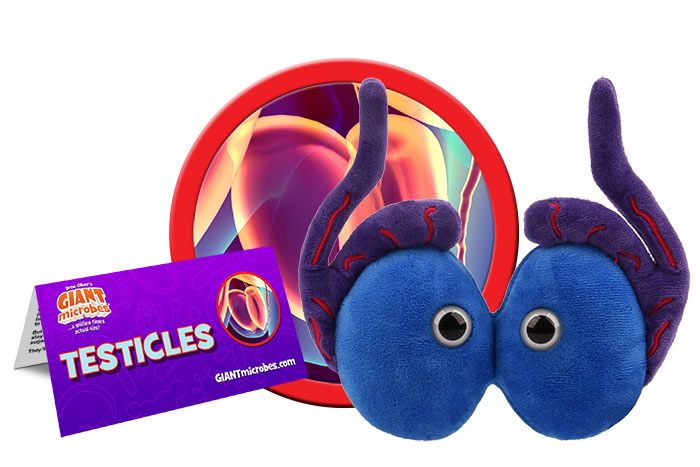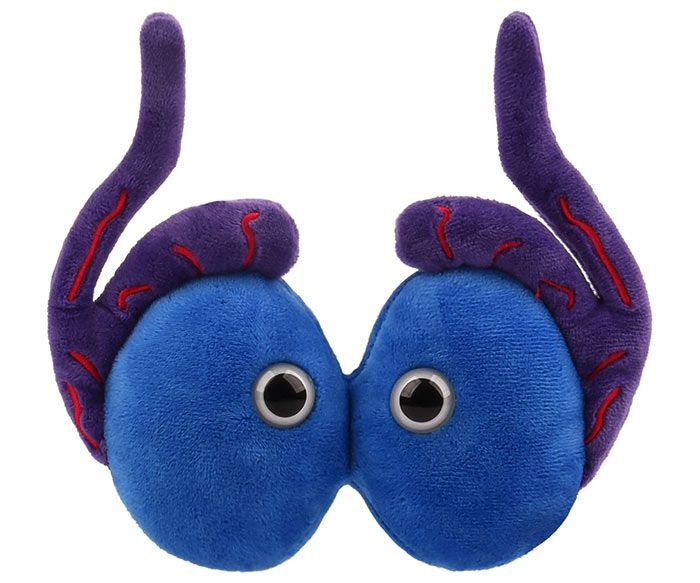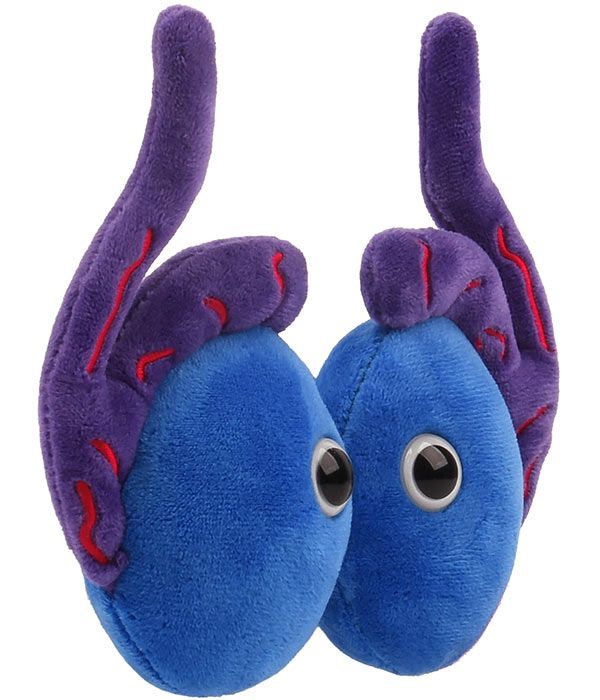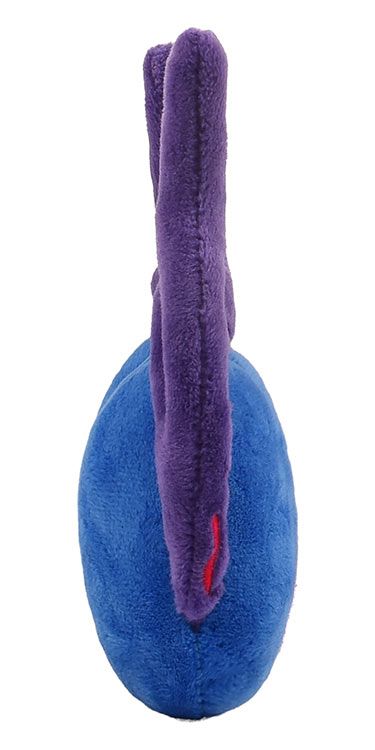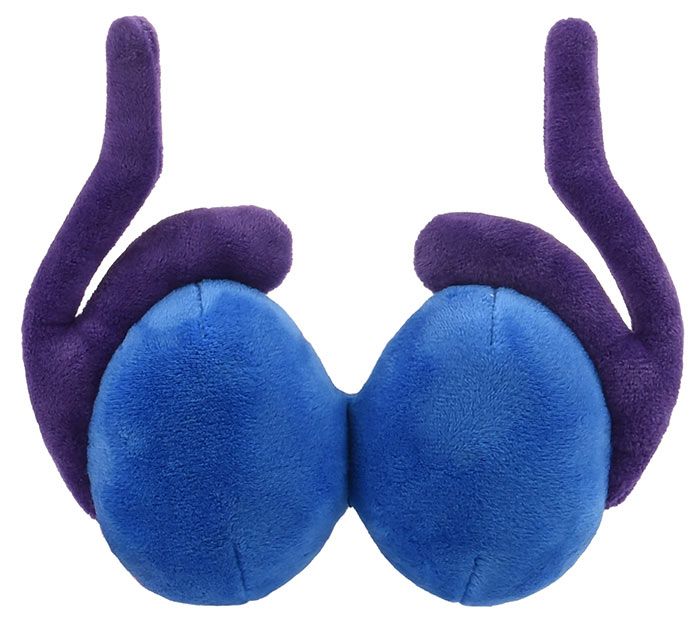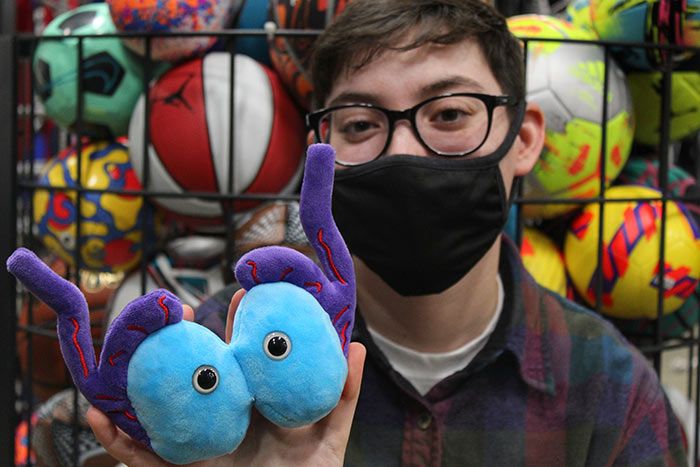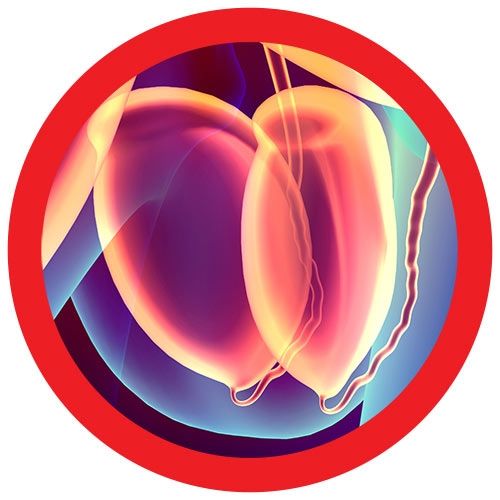Testicles
Product Details
Additional Information
| Sizes | Giantmicrobes are based on actual microbes, cells, organisms and other critters, only 1,000,000 times actual size! Gigantic (GG) 16-24" XL (XL) 10-15" Original (PD) 5-8" Keychain (KC) 2-4" with clip |
|---|---|
| Materials | Plush from all new materials. Stuffed with polyester fiber fill. Surface washable: sponge with water & soap, air dry. |
| Packaging | Each plush microbe includes a printed card with fun, educational and fascinating facts about the actual microbe or cell. |
| Safety | Every product meets or exceeds U.S. and European standards for safety. For ages 3 and up. |
All about Testicles
FACTS: The two testicles are the primary reproductive organs in men. Also known as testes or male gonads, the testicles have two functions: production of sperm and production of hormones. The testicles lie outside the body within the scrotum, a sac hanging below the abdomen. This position keeps the temperature of the testicles about two degrees Celsius lower than body temperature, optimal for sperm production. The testicles move freely in the scrotum but each is attached to the body by a thin cord called the spermatic cord, which contains nerves, blood vessels and the vas deferens.
Sperm comes from the word “seed” in Greek, and the average man makes over 1,000 sperm per second in his testicles. Sperm are produced within tube-like canals called seminiferous tubules. There are hundreds of these 2-foot long tubules. Sperm mature for about 100 days within long coiled tubes called the epididymis. At release, sperm travel through the vas deferens into the urethra and then outside of the body. Of course, only one sperm will have the chance to fertilize a mother’s egg and pass along the father’s good looks and personality – so for every winner, there are countless also-rans who will never get the chance to be a dad.
Testosterone is the main hormone produced by the testicles. This androgenic hormone is secreted by cells that lie between the seminiferous tubules, known as the Leydig cells. The testicles produce other substances as well such as inhibin B, insulin-like factor 3 and oestradiol. Testosterone is responsible for the development of muscles, body hair, deeper voice and other male characteristics during puberty. Before birth it is involved in the growth of male sex organs. During adulthood testosterone helps you have a ball in life, playing a role in the sex drive, sperm production and the maintenance of overall health.


